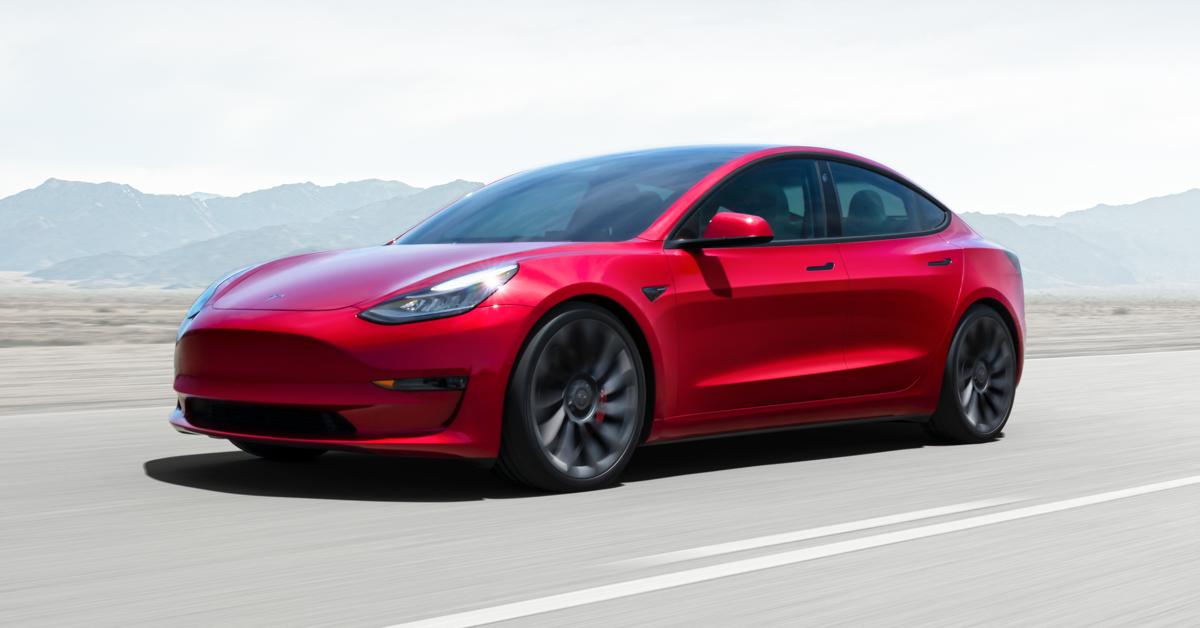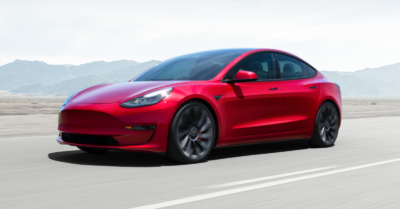Okay, so here I am, reclining in my Tesla Model S at the Marlton, New Jersey Supercharger (writing where there is no possibility of hitting my head!) Why am I here charging when I have 11.02kW of home solar and two Tesla wall chargers? Easy one. Tesla pays for my electric!! So when I need 75 kWh after a 150-mile round trip to Cape May I’m not burning my meter for 75 kWh in a single shot. 75 kWh represents my highest ever summer generation for a single day. I use my home charger as a supplement for my day to day local driving, but not for the big charges if I can at all help it.
Well, you may have to do all your charging at home if you own a different brand of EV, or didn’t buy a Tesla before 2017, so how much electricity does an EV consume? If you do the average of 15,000 miles per year, quite a bit! My five years of EV driving have yielded an average of 315 watts per mile; not bad for a large vehicle driven with a heavy foot! That 315 equals approximately 1 kWh every 3 miles. Divide 15K by 3 and you get 5000 kWh.
That is a lot of kilo-fish! (I call ’em fish because I catch them like a fisherman when they willingly jump into my solar nets). Most residential arrays will require a minimum of 4 kw to provide roughly 4500-4800 kWh annually. Two cars will require approximately 8 kw of solar dedicated solely to EV charging if all the charging is done from home.
Thankfully, there are ways to reduce the cost of home EV charging. Through your car’s app, or the app provided by your brand of charger, you can schedule charging to occur during nighttime, off-peak hours, allowing your excess electricity to flow back into the grid during peak hours.
Another way to reduce infrastructure costs is to install an EV charger-ready inverter like the one SolarEdge offers. For a big vehicle, I’d prefer the SE7600W with a J1772 plug. Tesla offers an adapter for this plug, plus it fits most other vehicles for home charging at up to 30 amps. VaraUSA can get that done when paired with your new or existing SolarEdge array. There is also a slightly smaller unit (the SE3800W) which works at 16 amps for smaller sized arrays and EV applications. Yes, size matters. Big EVs use more kWh than smaller ones. The same applies if you’re looking for more generation or faster home charging.
Powering an EV off the grid is better than ever. Gasoline isn’t burned. Hydrocarbons and CO2 are reduced. Feeling good about driving again is possible!
Yes, Vara USAⓇ can help you even when it comes to getting you on the road clean.
So what’s next?
Check back for another blog before the Holidays!!








